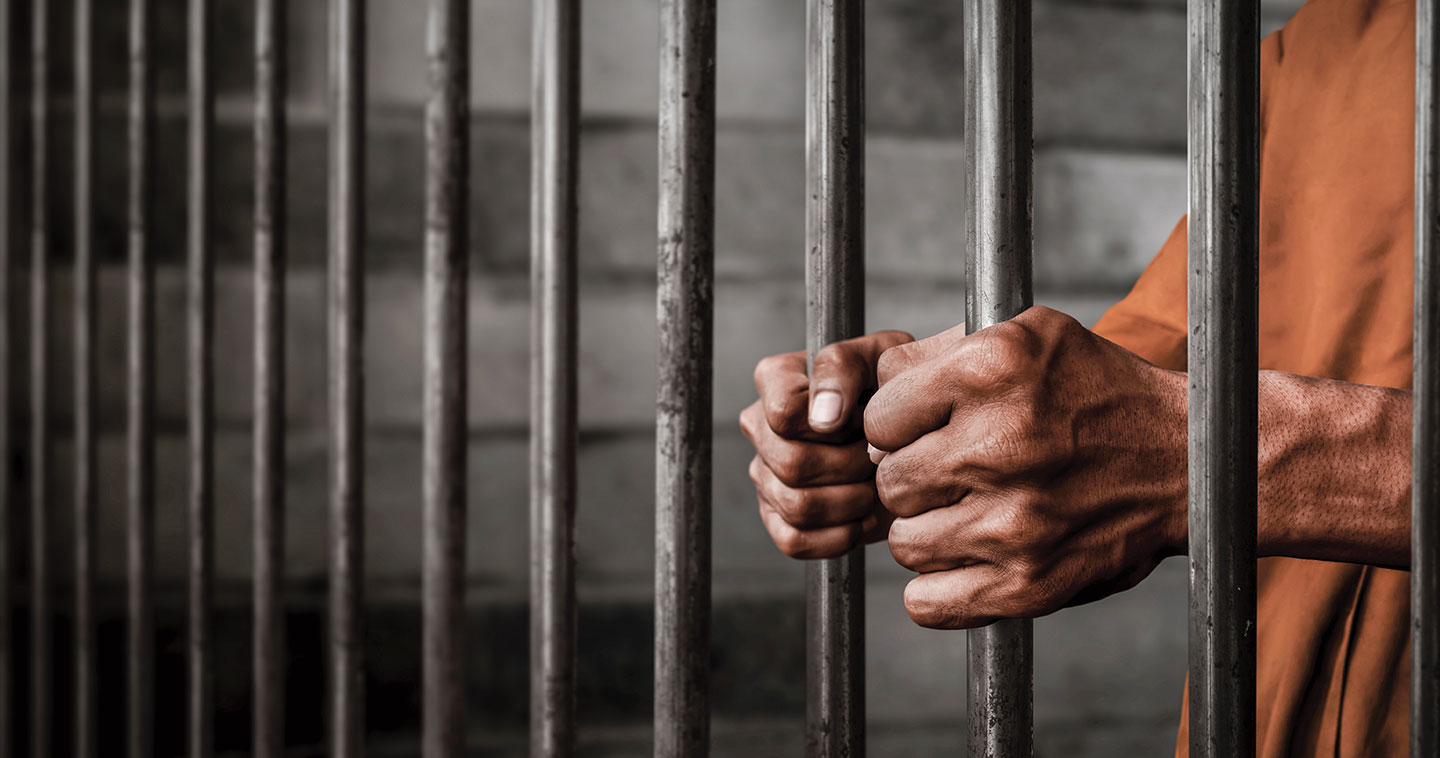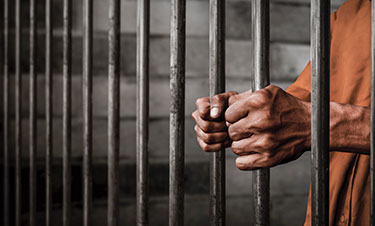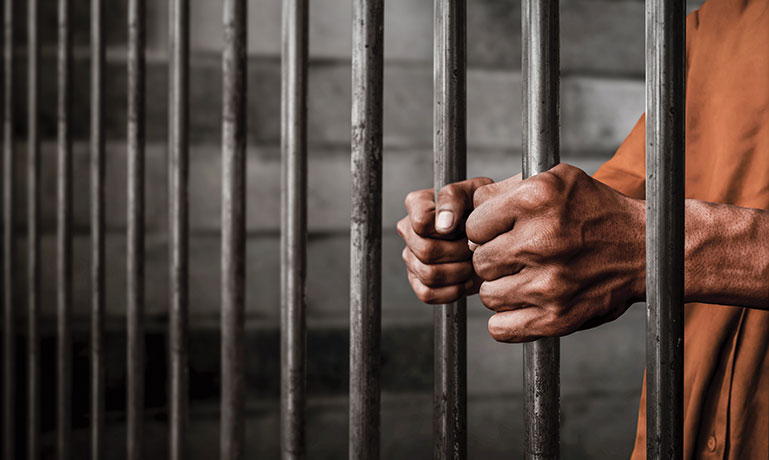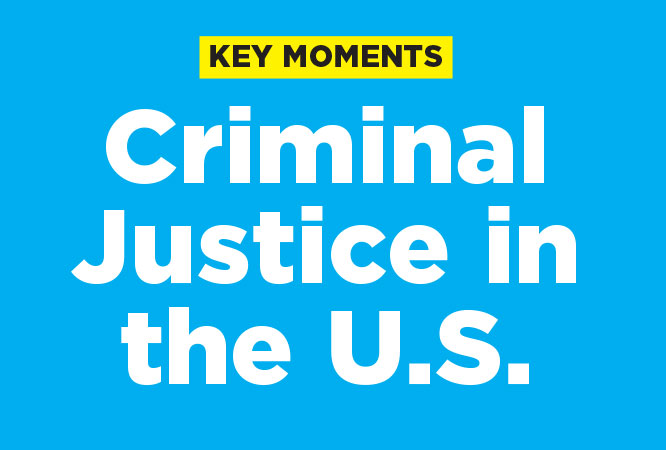
Courtesy of Danielle Williams
Kendall and Kennadi visit their dad, Keith Williams, at a prison in Alabama.
Last May, Kennadi Williams celebrated her 16th birthday at Topgolf, a driving range near her home in Tuscaloosa, Alabama. Her mother, Danielle, her 13-year-old brother, Kendall, and all her friends were there. But as Kennadi hit golf balls, she couldn’t help but think about the one person who was missing: her father.
“I wish he could have been there,” says Kennadi, a junior in high school. “He would have enjoyed it.”
Kennadi’s father, Keith Williams, hasn’t been able to come to one of her birthday parties since she was 3 years old. He hasn’t been able to attend her high school cheerleading competitions, drop her off at school, or watch Kendall play the saxophone in his school band. That’s because in 2006, Kennadi and Kendall’s father was sentenced to 22-and-a-half years in prison for being involved in a drug-dealing operation and possessing an illegal firearm.


















